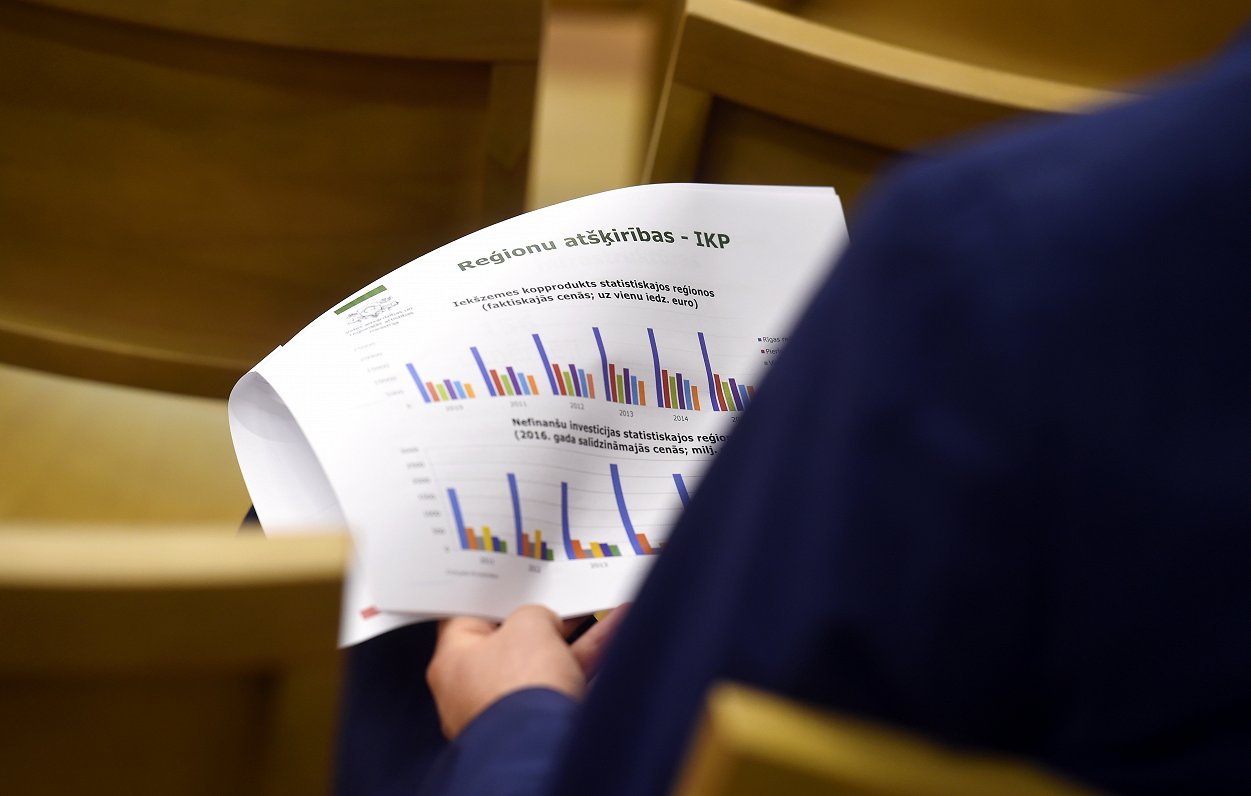In line with the budget schedule, the FM informed the government on Tuesday, August 18, of the prepared macroeconomic development scenario, which will form the basis for the state budget for 2021 and the medium-term budgetary framework for 2021-2023.
GDP is projected to fall 7% this year in comparable prices, with a drop in private consumption, exports and investment due to the COVID-19 crisis, while economic growth is projected to grow by 5.1% in 2021, with GDP growth stabilizing at 3.1% in 2022 and 2023.
The FM pointed out that the medium-term macroeconomic development scenario was developed in June 2020 on the basis of conservative assumptions, taking into account the first quarter of 2020 GDP data and the short-term macroeconomic information available by June, as well as the support measures approved by the government to mitigate the effects of the economic crisis caused by COVID-19.
In order to continue the preparation of the budgetary framework, the FM also presented to the government the updated general government budget balances for 2021-2023 under unchanged government policy, taking into account the updated forecasts of macroeconomic producers, tax revenues, additional expenditure for financing support measures and other clarifications.
In 2020, the general government budget deficit is projected at 7.6% of GDP.
The general government's budget deficit under an unchanged government policy scenario is projected to average 3.9% of GDP in 2021, 2.8% of GDP in 2022 and 1.7% of GDP in 2023. In view of budget balances and a significant increase in borrowing to implement support measures, the general government's debt under unchanged government policies is projected to be 48% of GDP in 2021-2022 and 47% of GDP in 2023.
COVID-19 Second Wave Impact
In addition to the baseline scenario, the FM has also developed a scenario of a possible second wave of COVID-19, leading to a more rapid fall in GDP and employment rates.
Compared to the baseline scenario, the second wave scenario foresees a steeper drop in GDP at comparable prices in 2020 of 9% and a slower economic recovery in subsequent years, with GDP rising by 2% in 2021, 4.6% in 2022 and 3.2% in 2023. As a result of slower growth, budget revenues would decrease in the coming years compared to the baseline scenario, and overall the overall government's budget balance would deteriorate in 2021 to 6% of GDP, by 2022 to 4.2% of GDP and by 2023 to 2.9% of GDP.
The FM also noted that the COVID-19 pandemic has also introduced changes to the country's fiscal policy. In 2020, the general exception clause of the European Union's Stability and Growth Pact was activated, allowing for an increase in the general government's budget deficit to mitigate the economic damage caused by the pandemic. From 2022 onwards, under the Fiscal Discipline Act, the structural deficit targets set therein must be respected. The exact objectives of the general government's budget balance will be determined by submitting a draft law on the medium-term budgetary framework for 2021, 2022 and 2023 to the Saeima, and will be based on decisions taken in the area of expenditure and revenue.






























